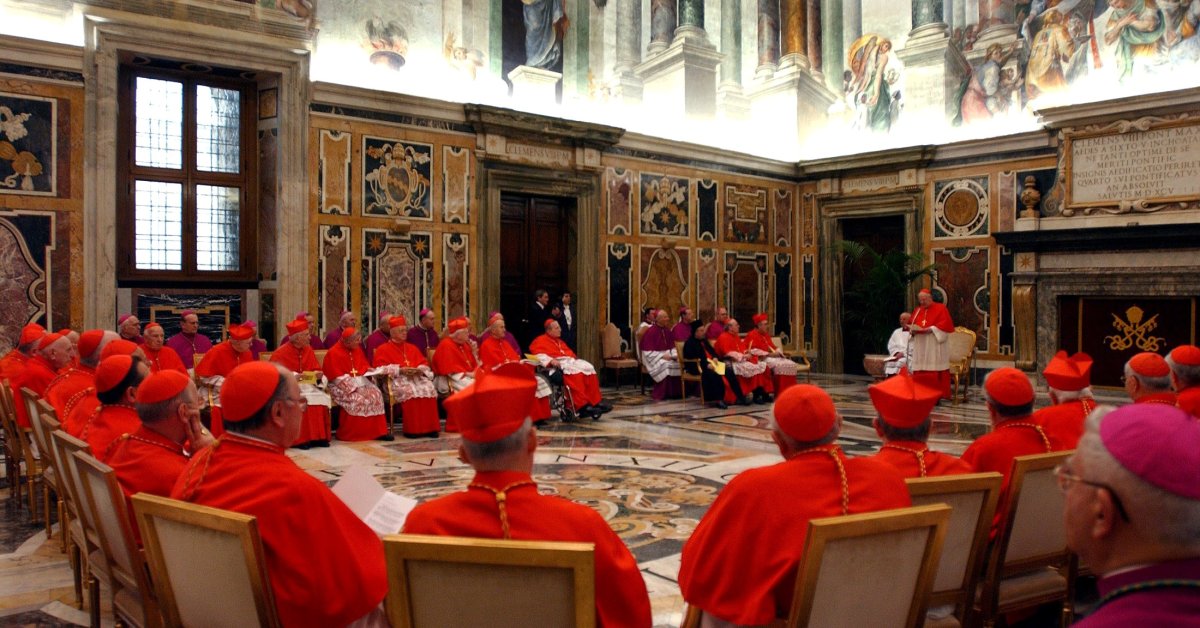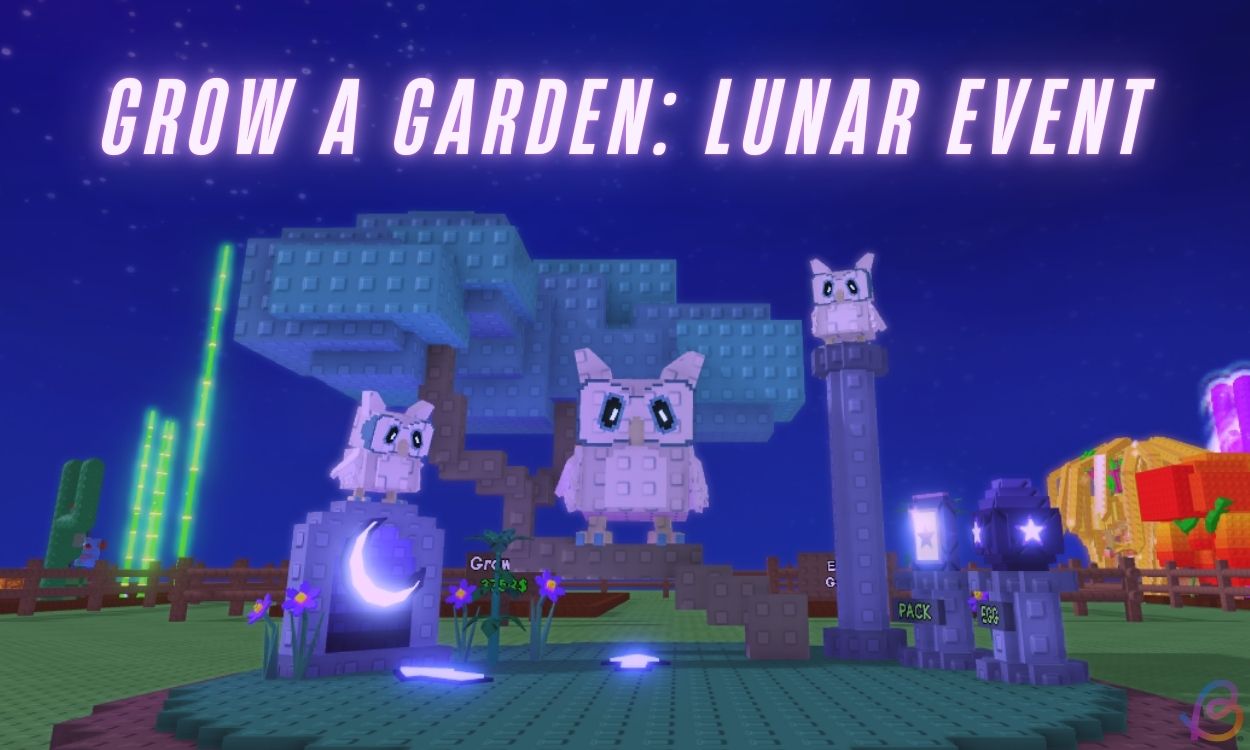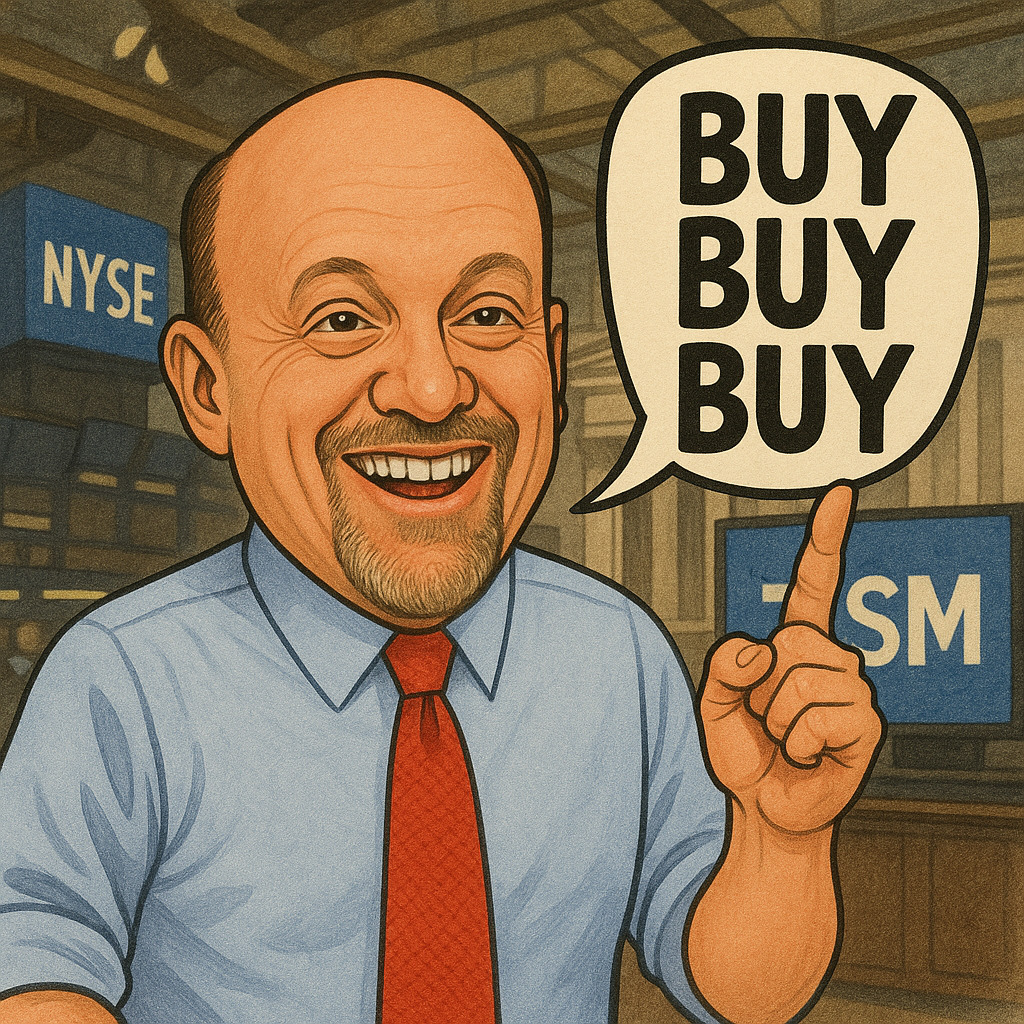Papal Conclave Length: A History Of Changing Timescales

Welcome to your ultimate source for breaking news, trending updates, and in-depth stories from around the world. Whether it's politics, technology, entertainment, sports, or lifestyle, we bring you real-time updates that keep you informed and ahead of the curve.
Our team works tirelessly to ensure you never miss a moment. From the latest developments in global events to the most talked-about topics on social media, our news platform is designed to deliver accurate and timely information, all in one place.
Stay in the know and join thousands of readers who trust us for reliable, up-to-date content. Explore our expertly curated articles and dive deeper into the stories that matter to you. Visit Best Website now and be part of the conversation. Don't miss out on the headlines that shape our world!
Table of Contents
Papal Conclave Length: A History of Changing Timescales
The death of a Pope always sparks global interest, but the subsequent Papal Conclave—the secretive meeting of cardinals to elect his successor—is a process shrouded in centuries of tradition and evolving procedures. The length of these conclaves has varied dramatically throughout history, reflecting shifting political landscapes, evolving Church doctrines, and even technological advancements. This article explores the fascinating history of Papal Conclave durations, revealing how the timescale has changed over the centuries.
Early Conclaves: A Lengthy Affair
Historically, Papal Conclaves could stretch on for weeks, even months. The early medieval period saw lengthy deliberations, often hampered by political maneuvering and factionalism amongst the cardinals. The absence of established rules and regulations contributed significantly to these extended periods. For example, the conclave of 1268-1271, which elected Gregory X, lasted nearly three years! This extraordinarily long period prompted significant reforms.
Gregory X's Reforms: A Turning Point
Pope Gregory X, acutely aware of the problems caused by protracted conclaves, implemented crucial reforms in 1274 with the Ubi periculum. This papal bull established a framework that significantly shortened the process. Key changes included:
- Time Limits: A strict timetable was introduced, with provisions for increasingly austere conditions if a decision wasn't reached within a specified timeframe.
- Seclusion: Cardinals were confined to a specific location, preventing outside influence and pressure.
- Dietary Restrictions: Food and living conditions were deliberately made less comfortable to expedite the process.
These reforms, while initially met with resistance, proved effective in reducing the length of subsequent conclaves.
The Renaissance and Beyond: A Shift in Dynamics
Despite Gregory X's reforms, the length of conclaves still varied. The Renaissance era saw periods of both relatively swift elections and prolonged deliberations, often influenced by the complex political dynamics of the time. The rise of powerful princely families and their influence on the College of Cardinals continued to play a significant role.
The 20th and 21st Centuries: Speed and Efficiency
The 20th and 21st centuries witnessed a notable trend towards shorter conclaves. Improved communication, clearer procedures, and a greater emphasis on consensus-building contributed to this acceleration. The election of John Paul I in 1978 was exceptionally swift, lasting only a few days. However, the conclave that followed, electing John Paul II, lasted a little longer, highlighting the inherent unpredictability of the process.
Recent Conclaves: A Modern Era
Recent conclaves have largely been characterized by relatively short durations. The election of Benedict XVI in 2005 lasted just 24 hours, showcasing the efficiency of the modern process. Similarly, the election of Pope Francis in 2013 took place over a mere two days. This speed reflects a more streamlined process, improved communication among the cardinals, and perhaps, a growing desire for a swift resolution in the face of global expectations.
Factors Influencing Conclave Length Today:
Several factors influence the duration of modern conclaves:
- Cardinal Demographics: A younger, more internationally diverse College of Cardinals might lead to faster decision-making.
- Pre-Conclave Consultations: Informal discussions among cardinals before the formal conclave can help narrow down potential candidates.
- Global Connectivity: Instant communication allows for quicker dissemination of information and facilitates consensus-building.
Conclusion:
The history of Papal Conclave length reveals a fascinating evolution. From years-long deliberations to relatively swift elections, the process reflects changes in Church governance, political landscapes, and technological advancements. While the secrecy surrounding the conclave remains, the trend towards shorter durations suggests a more efficient and streamlined process adapted to the demands of the modern world. Understanding this historical context enhances our appreciation of this significant event in the life of the Catholic Church. Learn more about the intricacies of Papal elections by exploring [link to a relevant article about the history of the papacy].

Thank you for visiting our website, your trusted source for the latest updates and in-depth coverage on Papal Conclave Length: A History Of Changing Timescales. We're committed to keeping you informed with timely and accurate information to meet your curiosity and needs.
If you have any questions, suggestions, or feedback, we'd love to hear from you. Your insights are valuable to us and help us improve to serve you better. Feel free to reach out through our contact page.
Don't forget to bookmark our website and check back regularly for the latest headlines and trending topics. See you next time, and thank you for being part of our growing community!
Featured Posts
-
 Grow A Garden Lunar Event In Roblox A Comprehensive Guide To Rewards
May 10, 2025
Grow A Garden Lunar Event In Roblox A Comprehensive Guide To Rewards
May 10, 2025 -
 Jim Cramer Analyzes Trumps China Trade Weapon And Highlights 10 Promising Stocks
May 10, 2025
Jim Cramer Analyzes Trumps China Trade Weapon And Highlights 10 Promising Stocks
May 10, 2025 -
 Decoding Putins Message Analysis Of The Red Square Military Display
May 10, 2025
Decoding Putins Message Analysis Of The Red Square Military Display
May 10, 2025 -
 Aston Villa Expected To Win At Bournemouth Premier League Predictions And Odds Analysis
May 10, 2025
Aston Villa Expected To Win At Bournemouth Premier League Predictions And Odds Analysis
May 10, 2025 -
 Apples Siri Spying Settlement How To Submit Your Claim
May 10, 2025
Apples Siri Spying Settlement How To Submit Your Claim
May 10, 2025
